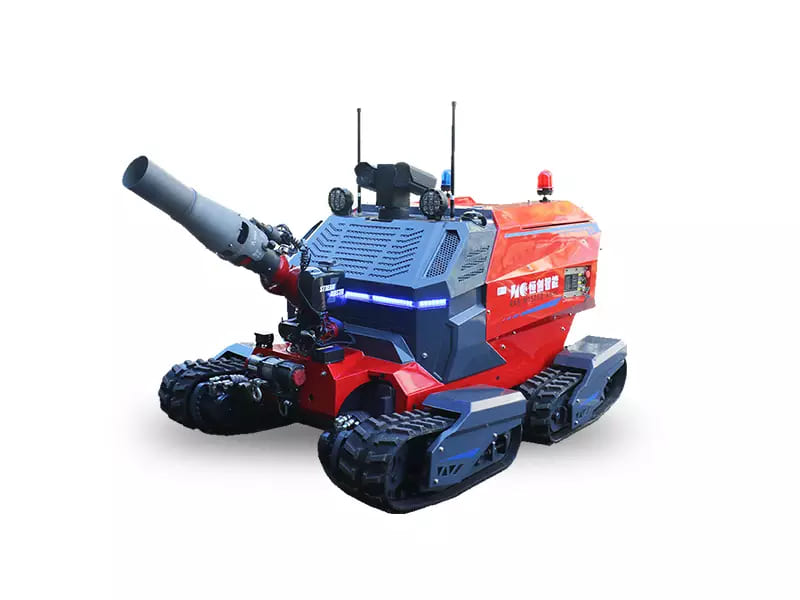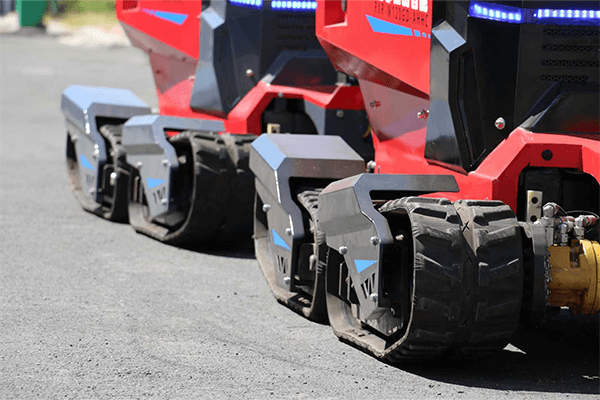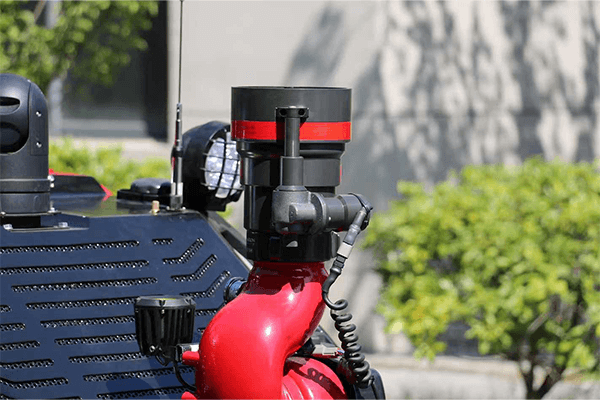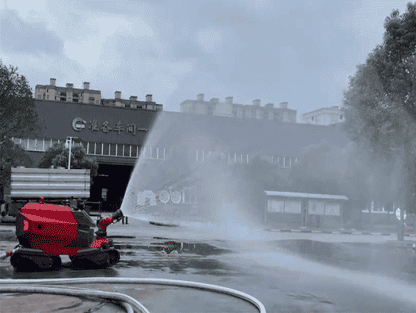Firefighting has always been a dangerous yet crucial task in ensuring public safety. Traditional fire suppression methods often expose firefighters to extreme risks, including high temperatures, toxic smoke, and structural instability. With advancements in technology, firefighting robots have emerged as a groundbreaking solution to mitigate these risks while enhancing efficiency in combating fires. These robotic systems are designed to handle high-risk situations, navigate hazardous environments, and execute firefighting operations with precision.
In this article, we will discuss the working principles, design, and applications of firefighting robots. Additionally, we will explore their impact on modern firefighting and answer common questions related to their use.

Firefighting robots operate based on a combination of advanced sensors, control systems, and mobility mechanisms. These robots are equipped with state-of-the-art technology that enables them to detect fires, navigate challenging terrains, and extinguish flames efficiently.
One of the key features of firefighting robots is their sensor array. These sensors allow the robot to detect fire, heat, and smoke while assessing the surrounding environment. Commonly used sensors include:
Firefighting robots are designed to tackle various terrains, including rubble, stairs, and slippery surfaces. They use advanced mobility solutions such as:
The core purpose of firefighting robots is to extinguish fires. To achieve this, they are equipped with fire suppression systems, such as:
Firefighting robots can be controlled remotely by operators or function autonomously using AI algorithms. Remote control ensures human operators remain at a safe distance, while autonomous systems enable robots to make real-time decisions based on environmental data.


Firefighting robots are deployed in various scenarios where traditional firefighting methods may be insufficient or too dangerous. Below are some of their primary applications:
Factories, refineries, and chemical plants often deal with hazardous materials that can escalate fires quickly. Firefighting robots are used in these environments to suppress flames and prevent explosions while minimizing human risk.
In densely populated urban areas, robotic firefighters can navigate narrow alleys, climb staircases, and enter smoke-filled buildings to extinguish fires and rescue trapped individuals.
Wildfires pose a significant threat to ecosystems and human settlements. Specialized firefighting robots equipped with thermal imaging can help monitor and combat fires in remote areas where human firefighters face extreme challenges.
Robots are especially useful in handling fires involving hazardous materials such as radioactive substances or flammable chemicals. Their ability to function in contaminated environments makes them indispensable in such scenarios.
Firefighting robots aren’t limited to extinguishing fires; they also play a critical role in search and rescue missions. Equipped with cameras, sensors, and robotic arms, they can locate and retrieve victims in disaster-stricken areas.
The integration of robotics in firefighting offers numerous benefits:

Despite their benefits, firefighting robots face several challenges:
The future of firefighting robots looks promising with ongoing advancements in robotics, AI, and sensor technology. Some emerging trends include:
As these technologies evolve, firefighting robots will become more efficient, cost-effective, and widely adopted.
A firefighting robot is a robotic system designed to assist or replace human firefighters in extinguishing fires and conducting rescue operations. These robots are equipped with sensors, mobility systems, and fire suppression mechanisms to handle various firefighting scenarios.
Firefighting robots use sensors such as infrared cameras, thermal imaging, and gas detectors to identify heat sources, flames, and harmful gases. These sensors allow them to locate and assess fires accurately.
Firefighting robots can be categorized based on their application:
Yes, many firefighting robots can operate autonomously using AI algorithms. They analyze environmental data to make decisions in real-time. However, some robots also have remote control options for human operators.
Firefighting robots are generally expensive due to their advanced technology. However, they are a worthwhile investment for reducing risks and improving firefighting efficiency.
Some limitations include high costs, limited decision-making capabilities, maintenance requirements, and challenges in navigating confined spaces.
The future of firefighting robots includes advancements in AI, swarm robotics, drone integration, and compact designs. These improvements aim to make firefighting robots more efficient, versatile, and accessible.
Firefighting robots represent a significant leap forward in the realm of emergency response and public safety. By combining cutting-edge technology with practical applications, these robots are transforming how fires are managed and extinguished. While challenges remain, ongoing advancements in robotics and AI promise to make firefighting robots an indispensable part of modern firefighting strategies.
As we continue to innovate, these robotic systems will not only save lives but also redefine the boundaries of human capability in facing life-threatening disasters.